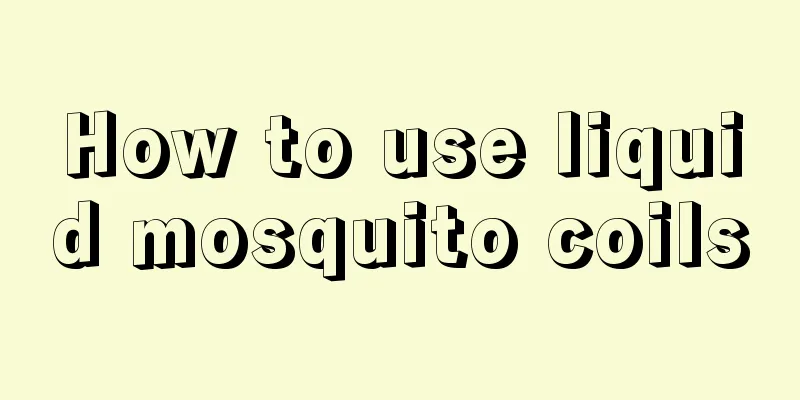Eosinophil count is high

|
Eosinophils are a type of cell that exists in our bone marrow. If the number of this type of cell is too high, it is likely to cause osteomyelitis or even cancer. Moreover, this cell has a certain phagocytic effect, and it can engulf many alkaline cells in our body. Therefore, it is also necessary to pay attention to the high number of eosinophils. So what is the reason for its high number? Eosinophil count Eosinophils originate from CFU-s in the bone marrow. After the one-way eosinophil progenitor cell (CFU-EO) stage, it gradually differentiates under the induction of eosinogens and matures into eosinophils. Eosinophils are rare in the peripheral blood of normal people, accounting for only 0.5-5%. Eosinophils have a weak phagocytic effect, but basically have no bactericidal power. Their main function is to inhibit the synthesis and release of active substances by eosinophils and mast cells, phagocytize the released granules, and secrete histaminease to destroy histamine, thereby limiting allergic reactions. In addition, experimental evidence shows that it is also involved in the immune response to parasites. There are at least six sources of eosinophil chemokines: ① Histamine from mast cells or alkaliphilic granulocytes; ② C3A, C5A and C567 derived from complement, among which C5a is the most important; ③ Eosinophil chemotactic factor from sensitized lymphocytes; ④ Eosinophil chemotactic factor from parasites; ⑤ Eosinophil chemotactic factors from certain bacteria (such as beta-hemolytic streptococci, etc.); ⑥Eosinophil chemotactic factor from tumor cells. All of the above factors can cause eosinophilia. Since the percentage of eosinophils in peripheral blood is very low, the absolute value converted from the total white blood cell count and the eosinophil percentage has a large error. Therefore, in clinical practice, the direct counting method should be used to understand the changes in eosinophils. [Principle] Use eosinophil diluent to dilute the blood a certain number of times, destroy the red blood cells and most other white blood cells, and color the eosinophils. Then drop the blood into the cell counting plate and count the number of eosinophils within a certain range to get the number of eosinophils per liter of blood. There are many types of eosinophil diluents, and although their methods are different, their effects are similar. It is divided into substances that protect eosinophils and destroy other cells and substances that stain eosinophils (such as bromocresol purple, eosin, heather red, etc.), and can be selected and prepared according to the conditions of this laboratory. |
>>: There are acne on the scalp
Recommend
Secret soy sauce recipe
Although there are many types of soy sauce on the...
Colors that protect eyesight
Young people nowadays cannot live without compute...
How to treat a red nose effectively
There are many reasons for a red nose, the most c...
My face suddenly turned red and hot
Allergy is a disease that everyone is familiar wi...
Is pancreatic enlargement serious?
The pancreas is a very important endocrine and di...
Is it harmful to go to the dentist for a teeth cleaning?
Oral hygiene is very important in life. If you do...
5 dietary considerations for colorectal cancer patients during chemotherapy
Colon cancer patients who are undergoing chemothe...
The symptoms of urinary stones are actually these four
Urinary stones are a common urinary system diseas...
Why is the fish meat red?
Fish is one of the meats we often eat in our live...
Besides kissing, lips can also do this
If eyes are windows to the soul, then lips can be...
Is the abnormal enhancement nodule liver cancer? It is not liver cancer, but precancerous lesions
In recent years, with the popularity of liver mag...
Symptoms of mental distress?
Mental stimulation can cause symptoms such as int...
What type of cold is runny nose?
Many people will experience runny nose, sneezing,...
Is it necessary to treat a 70-year-old with advanced lung cancer?
Advanced lung cancer at the age of 70 still needs...
How long should scraping be done?
I believe everyone should know that no matter wha...









